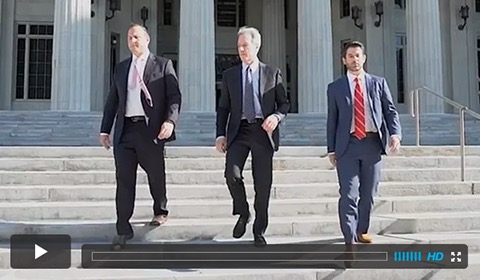When a Vehicle Changes From Under-steer to Over-steer – Look Out!
Florida’s hot weather makes our subtropical paradise a haven for tire failures. Tread separations and other tire failure events metamorphose a vehicle from an understeer vehicle to an oversteer vehicle. There might be insurance coverage on your automobile that covers this tire blowout so check with your policy.
Most vehicles, including SUVs, when operating properly, are understeer vehicles. Understeer simply means that a vehicle will react with less steering correction than is actually input by the driver. Consider driving down a straight roadway and moving the steering wheel back and forth, yet remaining in a straight line. Properly operating vehicles do not change direction proportional to the amount of input that an operator places in the steering wheel. This allows for greater control and fine subtle adjustments by the driver.
Many tire failures, including tread separations, cause a vehicle to change from under-steer to over-steer. Over-steer means that a vehicle reacts with more change of direction than is actually input by the driver. This contributes to loss of control and rollovers following tread separation events.
When over-steer occurs the unsuspecting driver is placing an amount of input into the vehicle that is reasonable, but the vehicle has undergone a transformation because of the lack of tread in one of the wheel positions. Accordingly the vehicle now overreacts to even a minor steering adjustment causing the vehicle to literally spin out or “yaw” in a clockwise or counterclockwise motion. When this occurs, a driver is virtually helpless to prevent a rollover crash.
Because of this ultra-dangerous phenomenon, it is extremely important for tire manufacturers to design and manufacture tires that resist tread separation.
Miami tire lawyers need to be aware of this phenomenon so that they can counter allegations that loss of control is the fault of over-zealous steering input by the driver. At Halpern, Santos & Pinkert, P.A. we have commissioned experts to do track test demonstrations which illustrate the under-steer to over-steer phenomenon, and the inability of even a well prepared professional driver from preventing a vehicle from spinning out following a tread separation.














